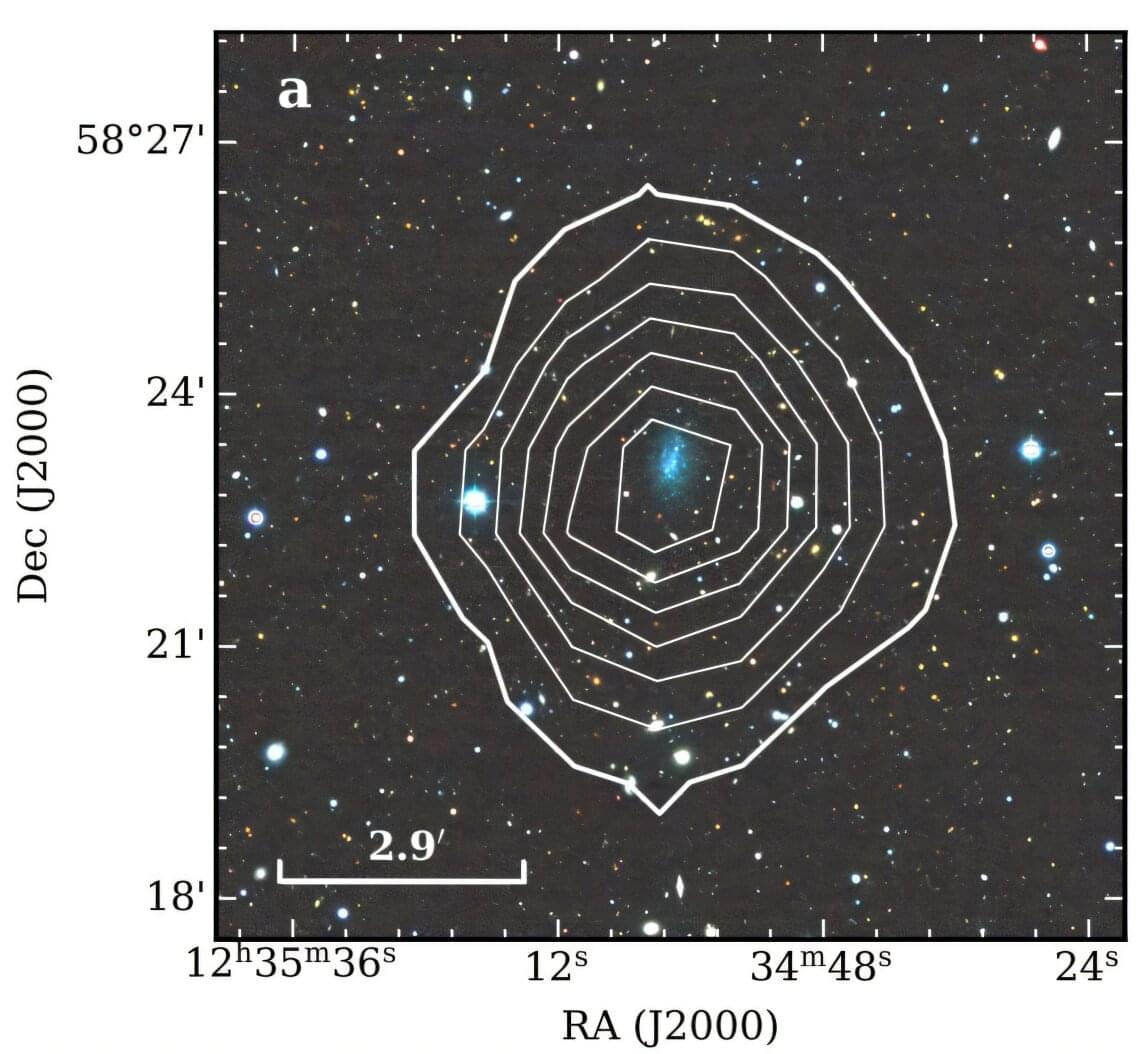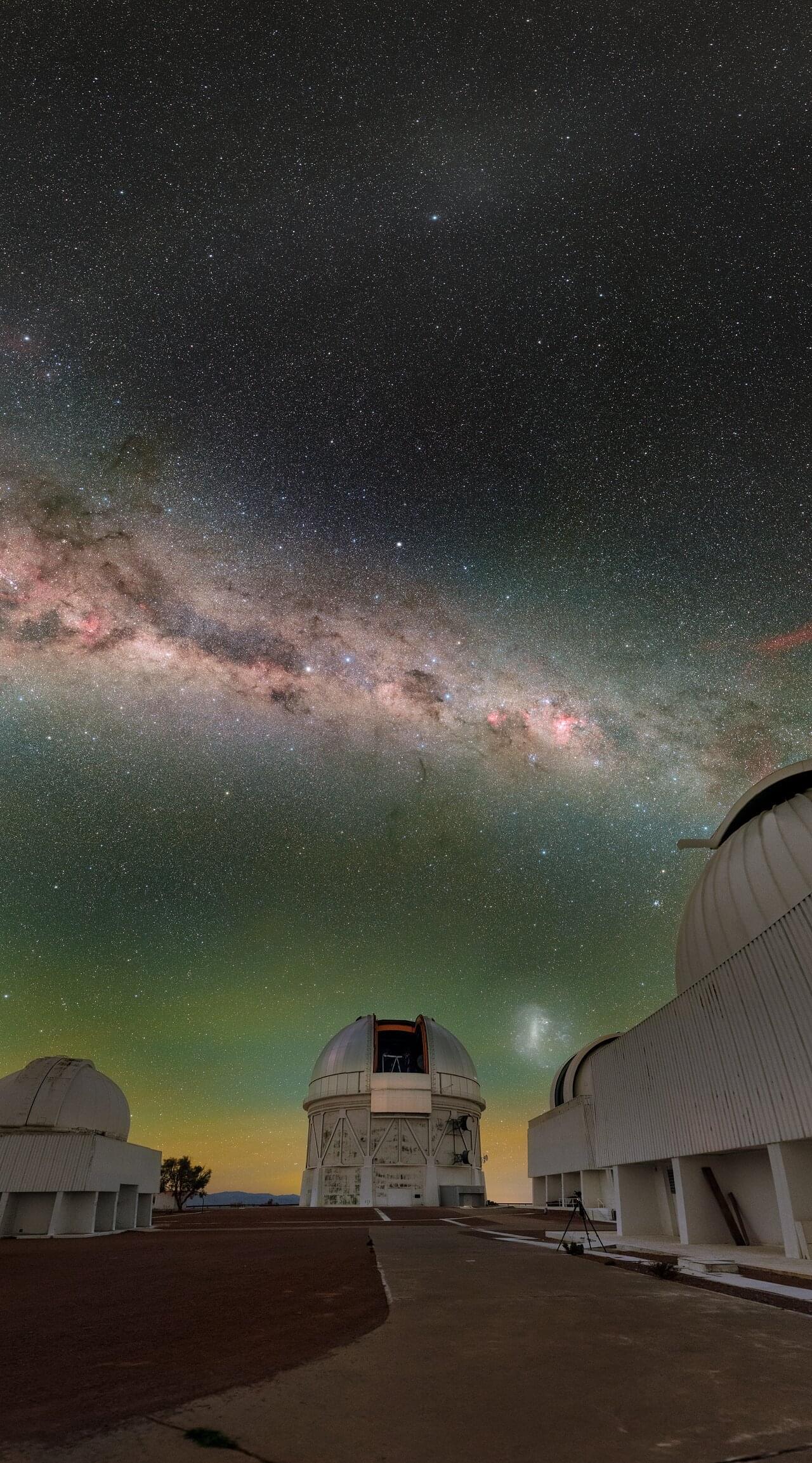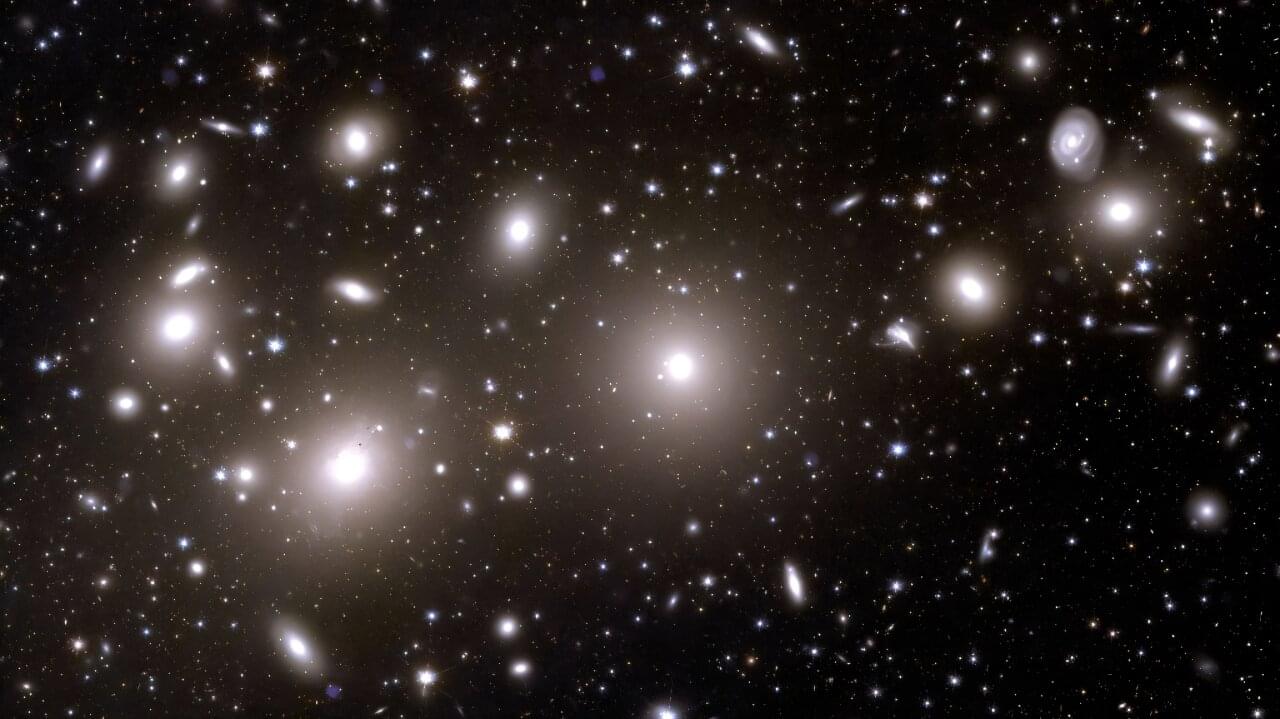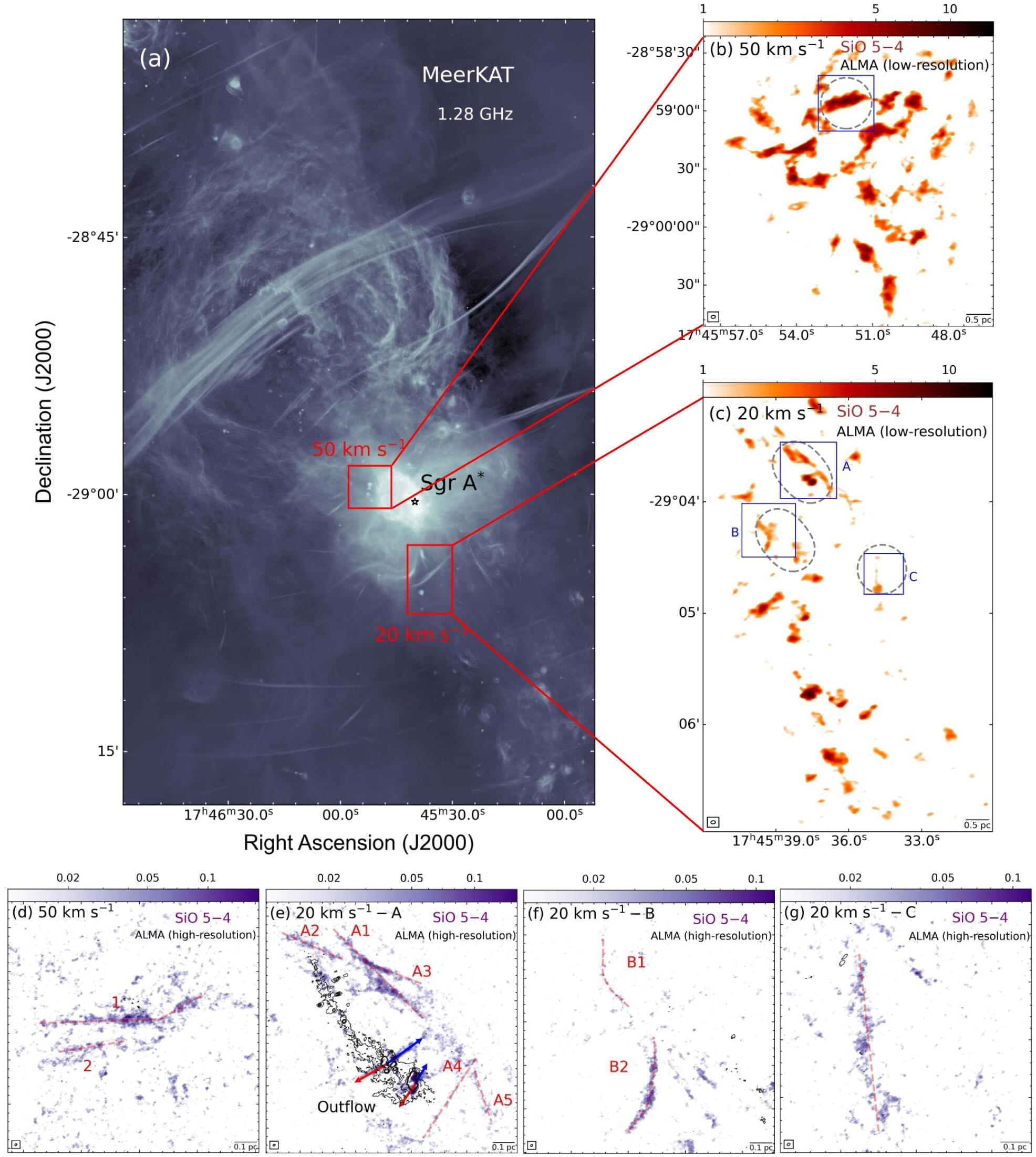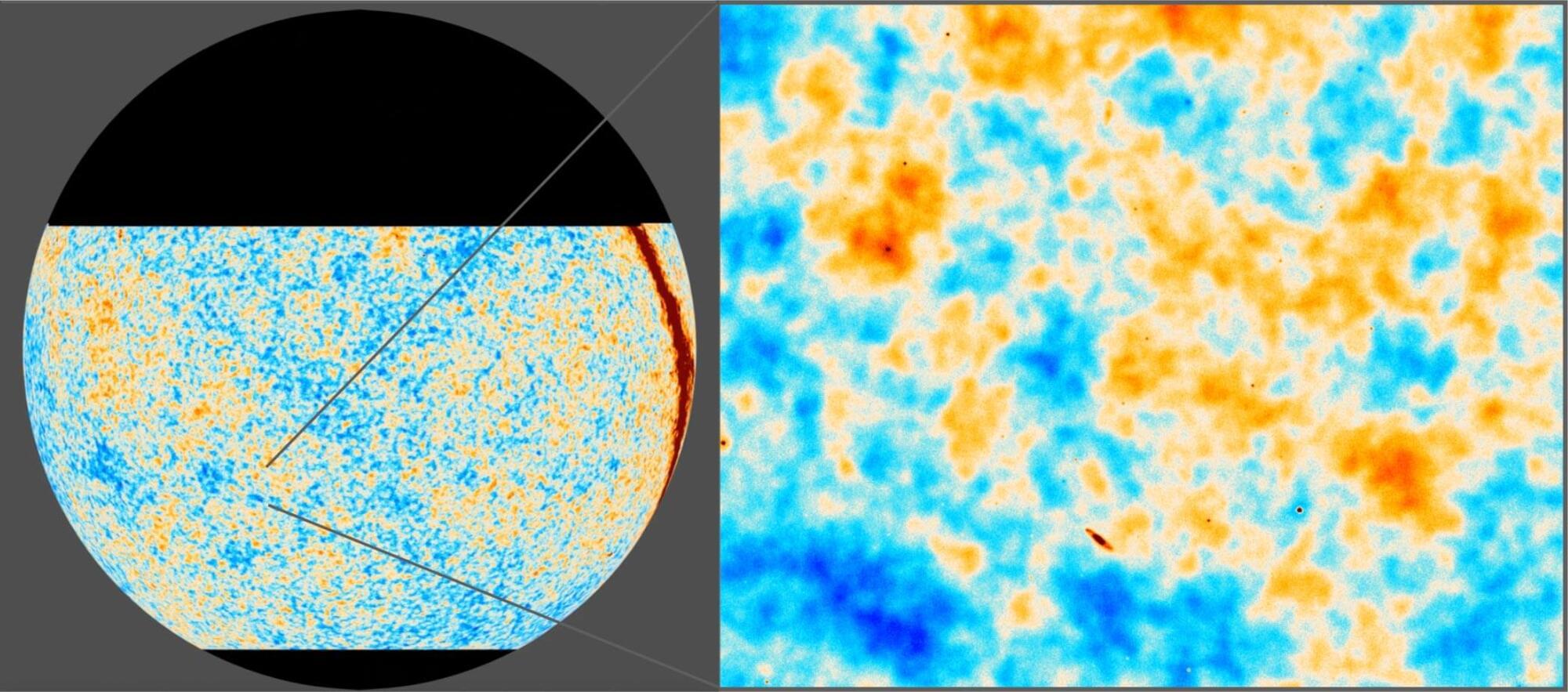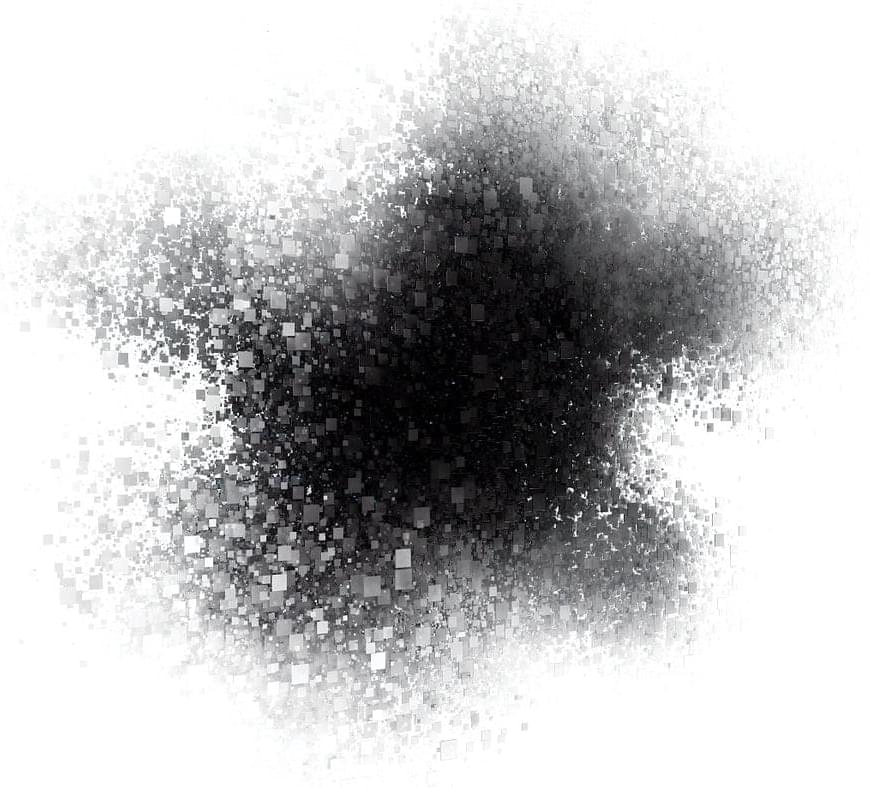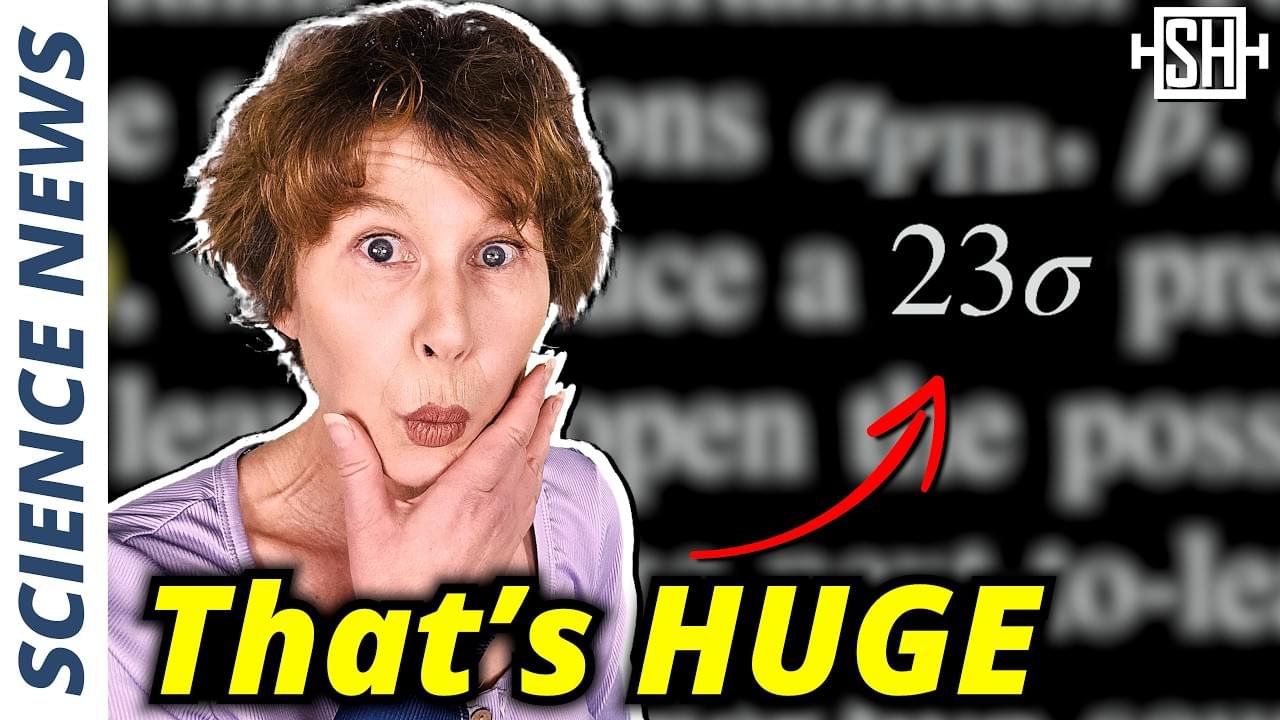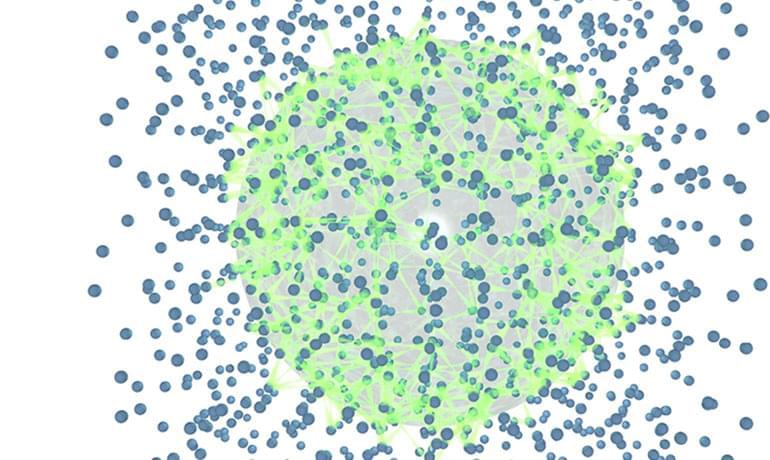Using the Five-hundred-meter Aperture Spherical radio Telescope (FAST), Chinese astronomers have detected a new ultra-faint dwarf galaxy, which turned out to be gas-rich. The finding was reported in a research paper published March 12 on the preprint server arXiv.
The so-called ultra-faint dwarf galaxies (UFDs) are the least luminous, most dark matter –dominated, and least chemically evolved galaxies known. Therefore, they are perceived by astronomers as the best candidate fossils from the universe at its early stages.
A team of astronomers led by Jin-Long Xu of the Chinese Academy of Sciences (CAS) is carrying out a FAST extragalactic H I (neutral atomic hydrogen) survey (FASHI). One of the objectives of this survey is to search for dark and weak galaxies. Now, they report the finding of a new UFD as part of this project.
